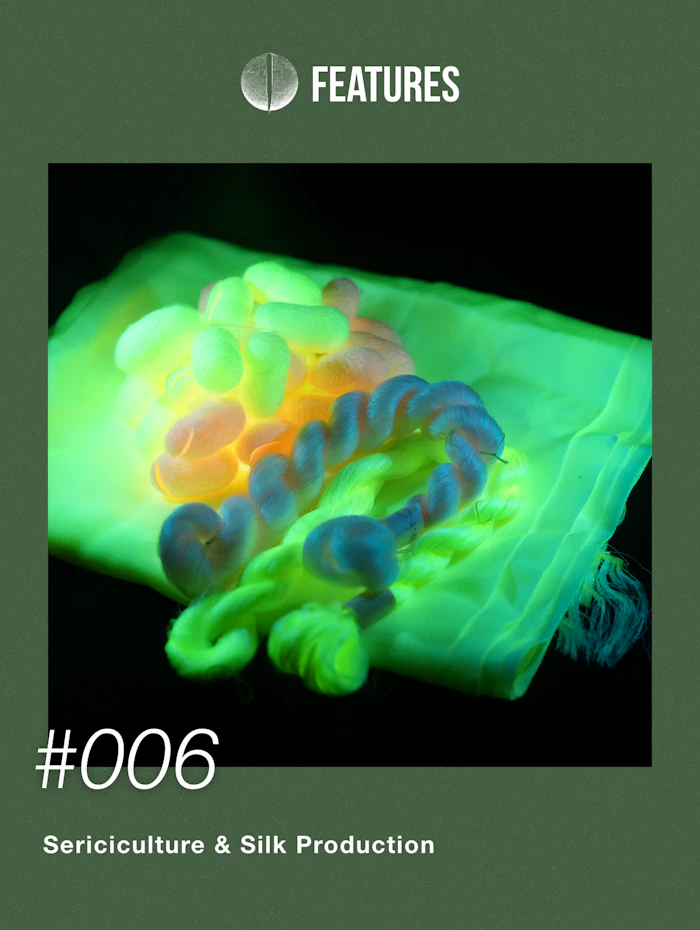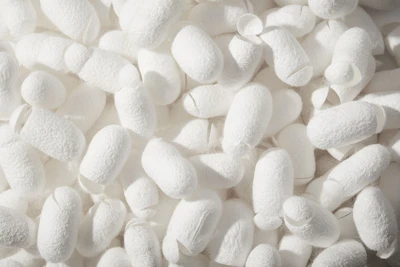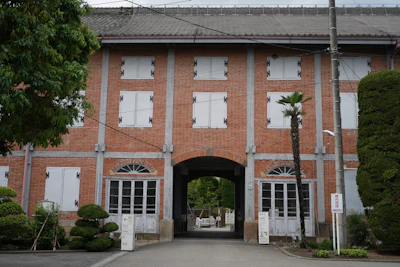12.29MON
FEATURES

Sericiculture & Silk Production
In this special feature of Fashion Tech News, we focus on sericulture and silk production to ponder the changes affecting the silk industry. Once upon a time, from the opening of Japan's ports in the early Showa era before World War II, sericulture, which produces the cocoons that serve as the raw material for Japan's raw silk, was a major industry supporting the country's modernization. There was a time when Japan's raw silk boasted the world's top production and export volumes. However, approximately 150 years have passed since the symbolic Tomioka Silk Mill, a symbol of modernization, began operations in 1872 (Meiji 5). The number of sericulture households, which peaked at 2.21 million, has now dwindled to a mere 163. Likewise, raw silk production, which was once over 750,000 bales (1 bale = 60kg), has plummeted to 168 bales. With the advent of synthetic fibres, such as nylon, price competition with cheap foreign raw silk, and the slump in demand for traditional Japanese attire domestically, the share of domestically produced raw silk is less than 1%. Therefore, in this special feature, we will look back at the historical changes related to sericulture and silk production based on data, and consider the issues and potential of sericulture and raw silk in the future, along with voices from the field.
All Episodes
CONTACT
If you have any questions or enquiries, please enter your details in the form below.

.png?w=400&fm=webp)







.png?w=400&fm=webp)


